Sunflower Plants Pack of 100
Sunflower Plants Pack of 100
Original price was: ₹9,999.00.₹4,499.00Current price is: ₹4,499.00.
Sunflowers are well known for their vibrant color and distinctive large flower heads. They grow as both ornamental and agricultural crops worldwide. Sunflowers have large flower heads with a black central part made up of numerous florets. The color of the flower petals varies with the growing varieties but most typically bright yellow.
Sunflowers are one of the perfect summer flowers as they thrive in hot and dry weather conditions. They require the full and bright sun to grow properly. Sunflowers are heliotropic in nature, which means they move their head throughout the day to follow the root of the sun from the east to the west.
How to Grow Sunflower
- Soil type – Planting sunflowers in well-drained and nutrient-rich soil like earth magic potting soil is appreciable. Sandy loams, black soils, and alluvial soils are preferable
- Climatic requirements – Plant the sunflowers in a location where they can receive at least 6-8 hours of full sun. Sunflowers grow best in the full and bright sun of hot summers
- Sowing – Sow the seeds of sunflowers directly in the soil about 1-½ inches deep and 12-15 inches apart
Method of growing – Direct sowing (outdoors)
Sowing time – Mar – April and mid-May-June
Days for germination – 5-10 days
Days of maturation – 80-120 days
- Special care – Tall varieties of sunflower may require support. Provide support to the plants with the help of stakes
- Watering – After sowing the seeds, water the soil deeply. Do not overwater the soil and avoid overhead watering to prevent flower dropping. Always maintain even moisture in the soil, especially during flowering and fruiting stages
- Fertilizing – Sunflowers are heavy feeders. At the time of sowing, add organic compost to the potting soil. At the flowering stage application of organic fertilizers is appreciable to boost flowering.














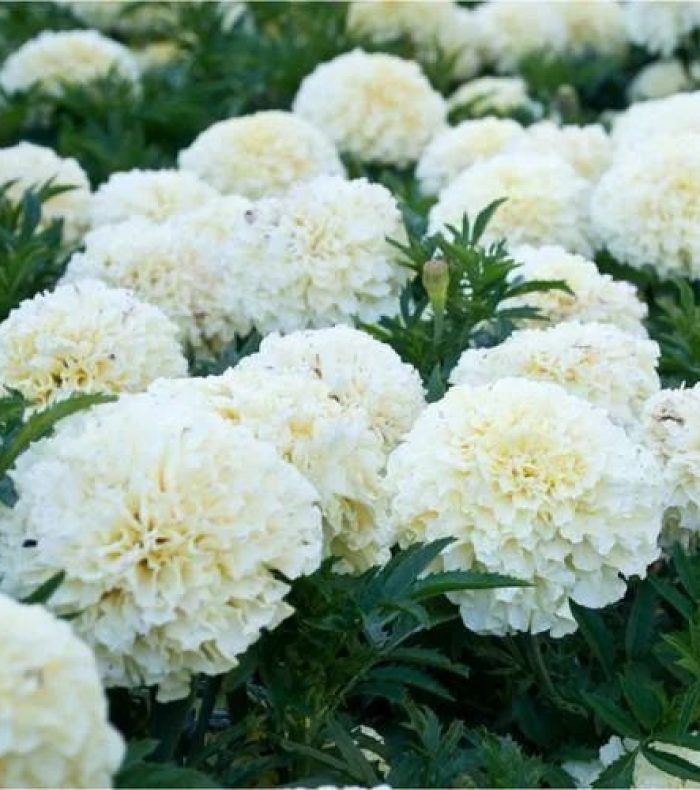




















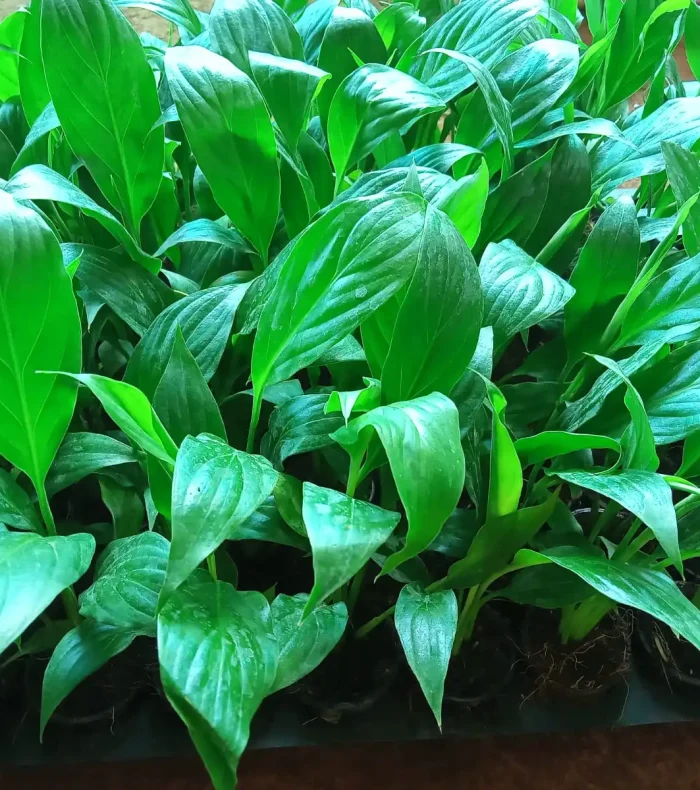










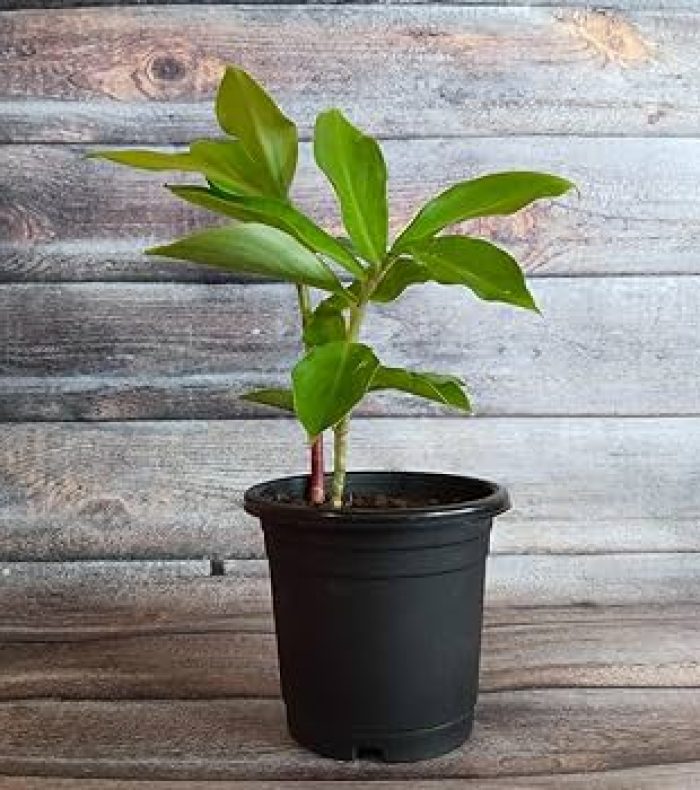


























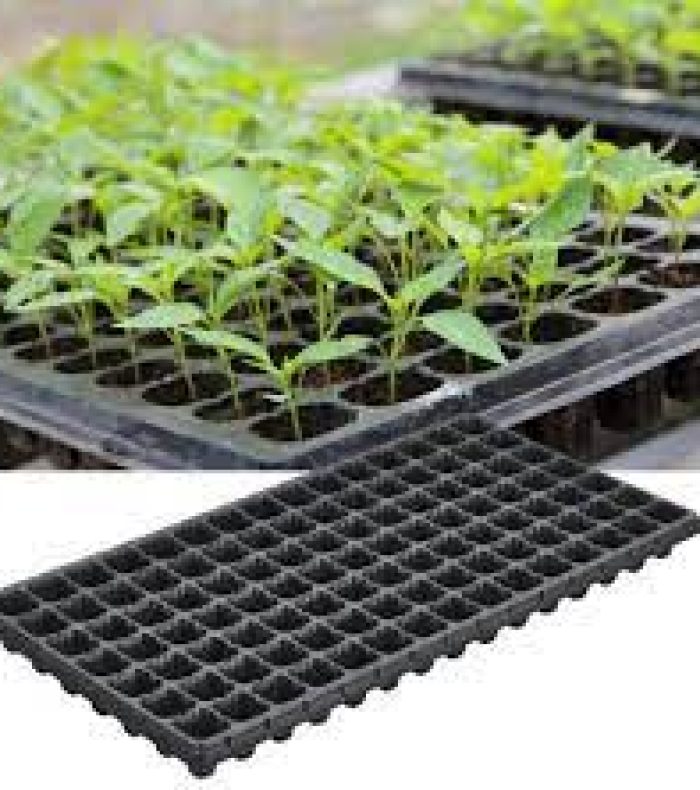


















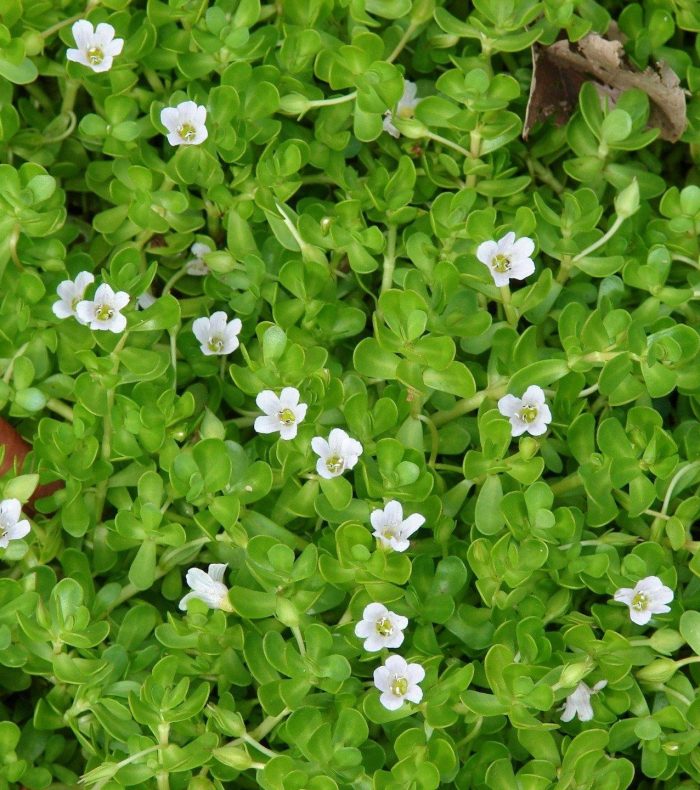
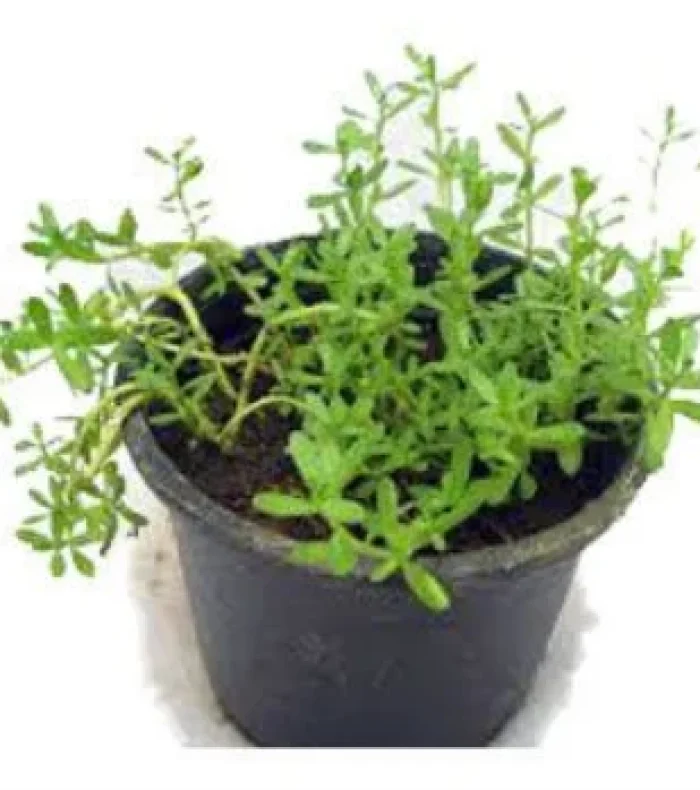





























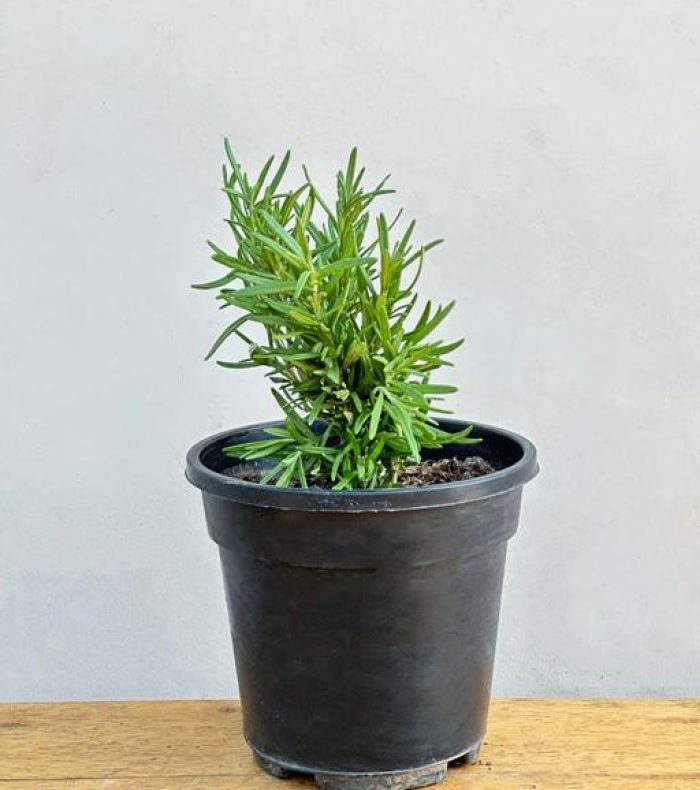





























Reviews
There are no reviews yet.